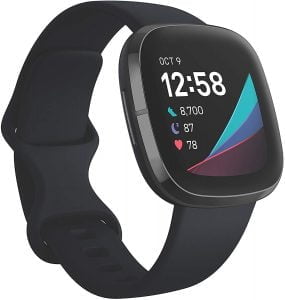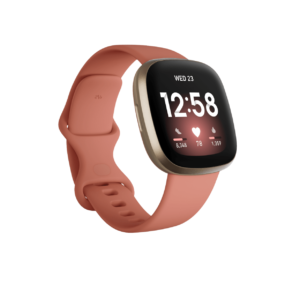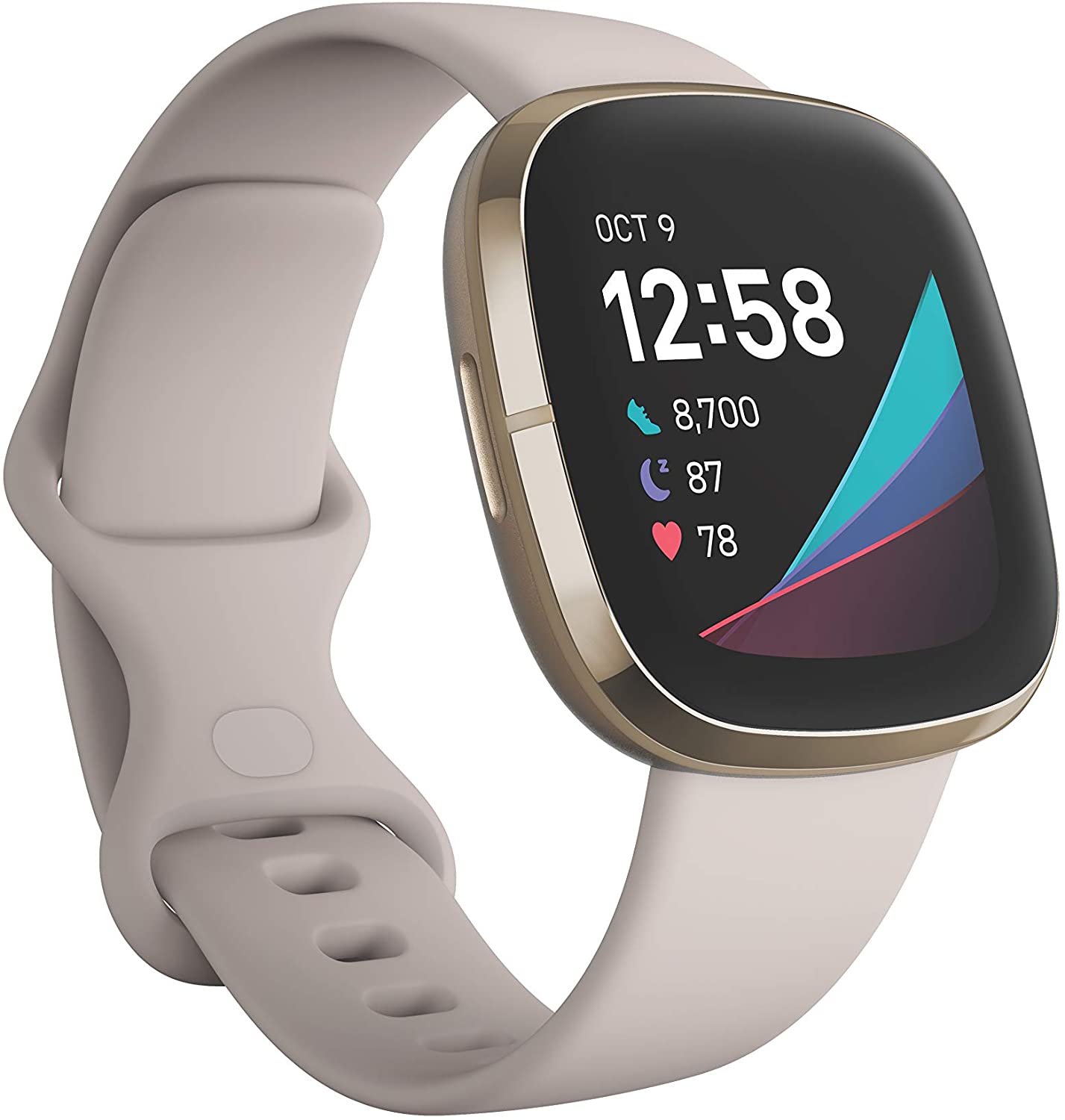Fitbit Sense and Versa 3 released in 2020 are still two of the best smartwatches. These two are equipped with a loudspeaker, microphone, onboard music storage, Google Assistant and Alexa. Both the Versa 3 and Sense also come with an inbuilt GPS and a slightly longer battery life of up to 6 days with fast charging technology. However, Fitbit Sense comes with ECG, an EDA app for stress monitoring, and a temperature sensor which Versa 3 lacks. Moreover, the Fitbit Sense with a stainless steel bezel is more stylish than the Versa 3. As a result, it cost about $100 more than Versa 3. This post compares the differences between Fitbit Versa 3 vs Sense to find out what separates these two and to help you decide which is a better smartwatch for you.
Fitbit Versa 3 vs Sense: Specifications Compared
[yith_woocompare_table products=”3335,3341″]
[su_list icon=”icon: heart” icon_color=”#2A0116″ indent=”0″ class=””]
[/su_list]
Fitbit Versa 3 vs Sense – Features Compared
Design and Display

Both Versa 3 and Sense spot the same appearance, in fact, it’s difficult to differentiate between these two by merely looking at them. However, when you take a closer look, you will notice that the Sense has a stainless steel bezel compared to the aluminum bezel of Versa 3. Beyond this, these two have the same size and weight. Both smartwatches have a touch-sensitive screen with a haptic button by the side for easy navigation.
Both Versa 3 and Sense also have the same 1.58 inches display size powered by AMOLED which is rich in colors and also very easy to read. I have worn the Versa 3 severally for outdoor workouts, and I never had any problem reading complications on the screen.
Media, Voice Assistants and On-wrist calls
Both Versa 3 and Sense are equipped with a 4GB storage capacity. This will allow you to store some of your favorite tracks on any of these two. Unfortunately, you can’t add your personal music to the Versa 3 and Sense. This was possible with Versa 2, but only Fitbit can tell why they discarded that feature.
Meanwhile, you can add your Deezer and Pandora playlists to Versa 3 and Sense. And with Spotify, you can only control the music played on your phone.
With the release of both Versa 3 and Sense, Google Assistant was added which in addition to Alexa voice assistant makes it two voice assistants on a smartwatch. However, you can only have one voice assistant active at a time.
Both Versa 3 and Sense are fitted with a microphone and a speaker that enable on-wrist calls. However, while you can receive calls on these two, there is no phone app that lets you start a call. The only way to start a call is via the Google Assistant app. I was able to start a call using the Google Assistant app with my phone nearby.
Fitness Tracking
Both Versa 3 and Sense are well equipped with a heart rate sensor, accelerometer, altimeter and gyroscope. As a result, each of these two will track your heart rate, calories, steps, sleep and outdoor workout activities like routes and location – thanks to the built-in GPS.
However, Fitbit Sense comes with ECG, an EDA stress app, and a temperature biosensor that makes it a more comprehensive health tracker. It has an ECG app that lets you take an ECG test right on the watch which can help detect irregular heart rhythm – a sign of atrial fibrillation, while the EDA Scan app can detect electrodermal activity which may indicate your body’s response to stress and the biosensor app can help you monitor your body temperature. In other words, the Fitbit Sense is a more in-depth health tracker but will cost you about $100 more.
Fitbit Versa 3 vs Sense – Which Should You Buy?

Personally, I’ll go with the Versa 3. I have used the Versa 2 and with the addition of inbuilt GPS and loudspeaker, it’s a great bargain.
On the other hand, if you want more health tracking features, Fitbit Sense is a better choice.

